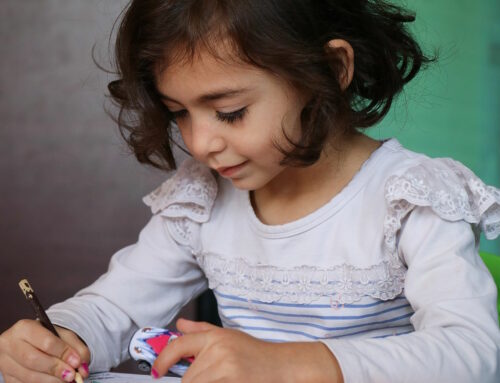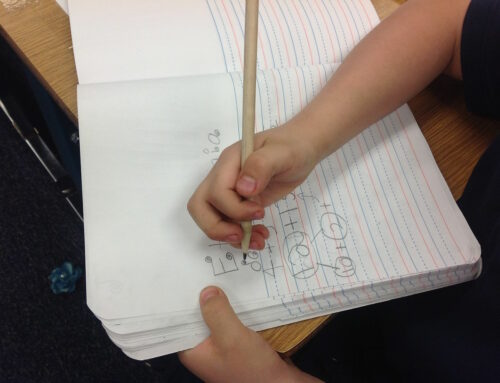Dysgraphia is a learning disability that affects
handwriting
and its layout. This results in slow or illegible handwriting, requiring a great deal of effort on the part of the child. Assessment and diagnosis are based on a tool developed by neuropsychiatrist Julian de Ajuriaguerra: the E scale, which is based on 30 child-like graphic characteristics linked to the child’s stage of graphomotor development. Introducing the reference tool for today’s graphic therapists.
Neuropsychiatrist Ajuriaguerra’s 5 dysgraphias
Born in Bilbao on January 7, 1911, Julian de Ajuriaguerra studied medicine in Paris – and more specifically, psychiatry. After meeting psychoanalyst René Diatkine, he focused on psychomotricity and language disorders.
His growing interest in child development led him to classify dysgraphia into 5 distinct groups:
- The « soft » child, with his small, rounded line, not very precise, irregular, on undulating lines of writing, sloppy pages ;
- The « impulsive » child, with uncontrolled movement and rapid, jerky handwriting;
- The « clumsy » child, with his ill-proportioned letters, his poor-quality line, his numerous retouching and soldering operations;
- The « stiff » child, with his regular but angular line, his strong supports that tear the paper, his writing tension ;
- The « slow precise » child, with his slow writing rhythm and his beautiful line.
The E. scale, the reference tool for assessment and diagnosis
In 1964, Julian de Ajuriaguerra and Hélène de Gobineau developed a child scale (E. scale) to help specialists diagnose dysgraphia in children aged 6 to 12. This tool brings together thirty criteria, shape and motor characteristics based on the child’s stage of graphomotor development.
For example, the E scale shape items include :
- Lack of movement: cursive writing is not fluid;
- Large letters – when at least half of the letters exceed 3.5 mm in the median zone;
- The school T-bar, placed in the upper third of the letter ;
- Soldering points: a difficulty in linking two letters.
The E scale items for motor characteristics include :
- Tremors;
- Broken lines, involving a sudden change of direction;
- Fluctuating, undulating lines;
- Letters that have been altered, but not for spelling reasons;
- All dirty.
For each item, the graphotherapist assigns a score between 0 and 1, according to the frequency with which it appears in the child’s handwriting. The score obtained, weighted by a coefficient defined by Julian Ajuriguerra, is sufficient to diagnose whether or not the child has dysgraphia.
If your child is suspected of having this disorder, contact a
graphotherapist
from the Ora Visio platform, to make a diagnosis as quickly as possible. If dysgraphia cannot be cured, a professional can help your child find compensatory strategies to learn to live with this dysfunction.






